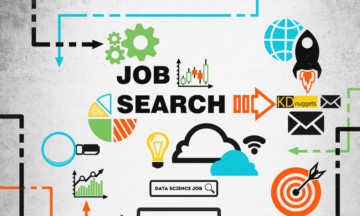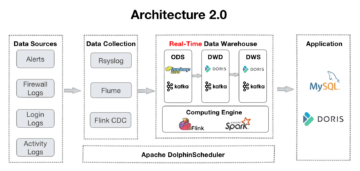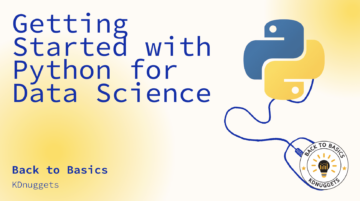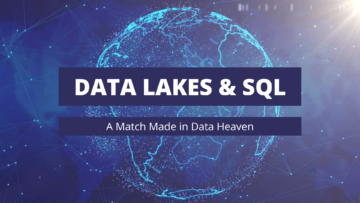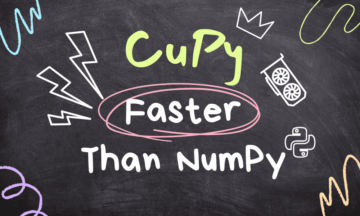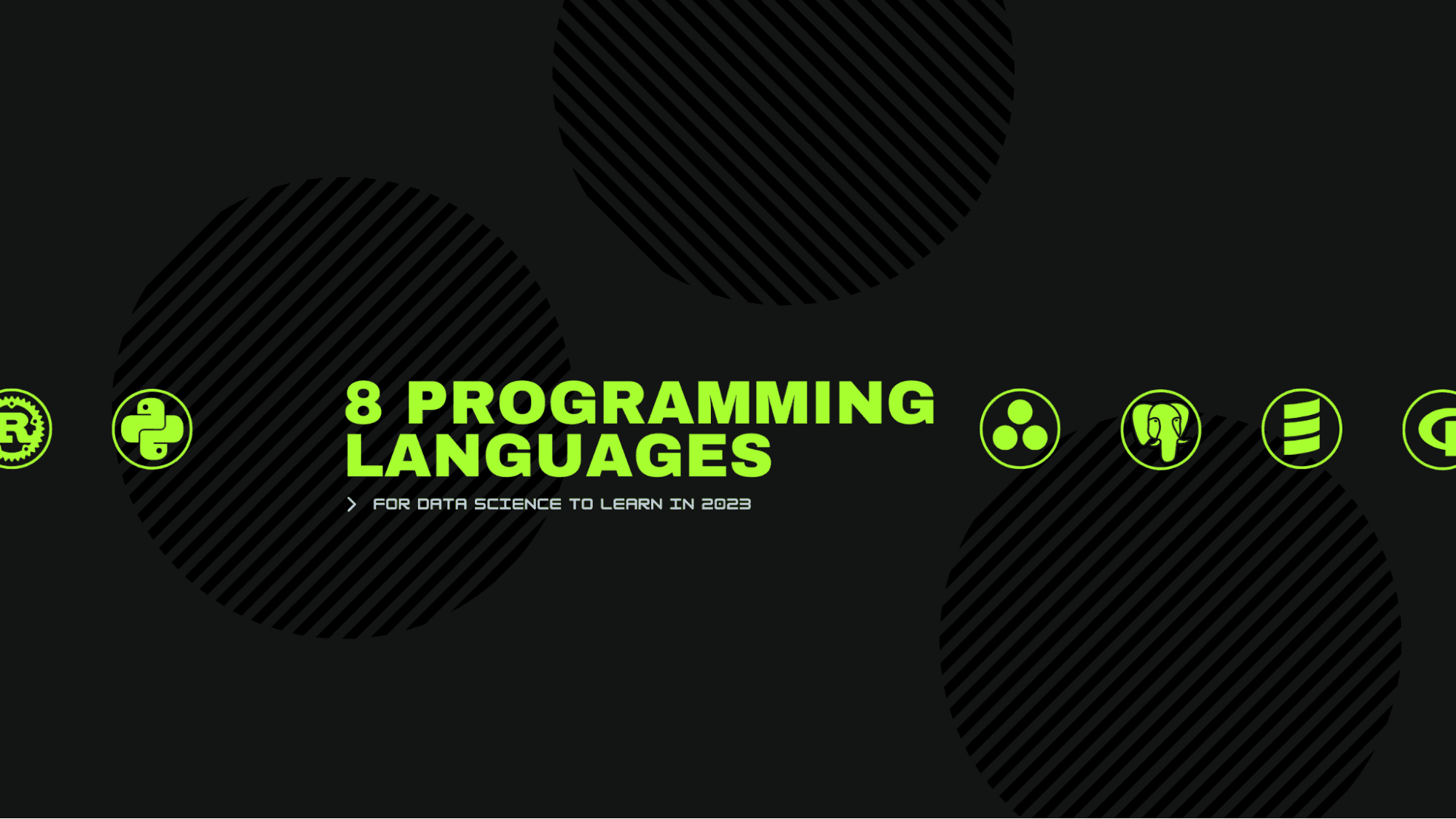
Image by Author
Python is the most popular language for data analytics, machine learning, and automation tasks due to its simplicity, vast library of data science tools like NumPy and Pandas, integration with Jupyter Notebooks which allows easy experimentation and visualization, and versatility for a wide range of uses, making it the ideal language for beginners to learn when first getting into data science.
If you are just starting out in your data science career, I highly recommend getting started with Python and its most popular data science libraries like NumPy, Pandas, Matplotlib, and Scikit-Learn. Learning Python along with these libraries will give you a solid foundation to get things done efficiently and without too many headaches, setting you up for success as you progress in data science.
Learning SQL is crucial for anyone working with data. You will use it to extract and analyze information from SQL databases, and it is a fundamental skill for data professionals. By understanding SQL, you can interact with relational database management systems such as MySQL, SQL Server, and PostgreSQL to retrieve, organize, and modify data effectively.
The basics of SQL include the ability to select specific data using the SELECT statement, insert new data with the INSERT statement, update existing data using the UPDATE statement, and delete data that is old or invalid using the DELETE statement.
Bash/Shell are not traditional programming languages, they are invaluable tools for working with data. Bash scripts allow you to string together commands to automate repetitive or complex data tasks that would be tedious to perform manually.
Bash scripts can be used to manipulate text files by searching, filtering and organizing data. They can automate ETL pipelines to extract data, transform it and load it into databases. Bash also allows you to perform calculations, splits, joins and other operations on data files from the command line and interact with databases using SQL queries and commands.
Rust is an up-and-coming language for data science thanks to its strong performance, memory safety, and concurrency features. However, Rust is still relatively new for data applications and has some disadvantages compared to Python.
Being a younger language, Rust has far fewer libraries for data science tasks than Python. The ecosystem of machine learning and data analysis libraries still needs to mature in Rust, meaning most codebases must be written from scratch.
However, Rust’s strengths, like performance, memory, and thread safety, make it a good fit for building efficient and reliable backends for data science systems. Rust is well-suited for low-level code optimizations and parallelization needed in some data pipelines.
Julia is a programming language specifically created for scientific and high-performance numerical computing. One of its unique features is the ability to optimize code during the compilation process, which enables it to perform as well as, or even better than, C programming language. Additionally, Julia’s syntax is inspired by popular programming languages like MATLAB, Python and R, making it easy for data scientists already familiar with these languages to learn.
Julia is open source and has a growing community of developers and data scientists contributing to its ongoing improvement. Overall, Julia provides a great balance of productivity, flexibility and performance – making it a valuable tool for data scientists, particularly those working on performance-constrained problems.
R is a popular programming language that is widely used for data science and statistical computing. It is well-suited for data science because it has a wide range of built-in functions and libraries for data manipulation, visualization, and analysis. These functions and libraries allow users to perform a variety of tasks, such as importing and cleaning data, exploring data sets, and building statistical models.
R is also known for its powerful graphics capabilities. The language includes a variety of tools for creating high-quality graphs and visualizations, which are essential for data exploration and communication.
C++ is a high-performance programming language that is widely used for building high performance complex machine learning applications. Although it is not as commonly used in data science as some other languages like Python and R, C++ has several features that make it an excellent choice for certain types of data science tasks.
One of the key advantages of C++ is its speed. C++ is a compiled language, meaning that code is translated into machine code before it is executed, which can result in faster execution times than interpreted languages like Python and R.
Another advantage of C++ is its ability to handle large data sets. C++ has low-level memory management capabilities, which means that it can efficiently work with very large data sets without running into memory issues that can slow down other languages.
If you’re looking for a programming language that is cleaner and less wordy than Java, then Scala might be a great option for you. It’s a versatile and flexible language that combines object-oriented and functional programming paradigms.
One of the main benefits of Scala for data science is its ability to seamlessly integrate with big data frameworks like Apache Spark. This is because Scala runs on the same JVMs as these frameworks, making it a great choice for distributed big data projects and data pipelines.
If you’re aiming for a career in data engineering or database management, learning Scala will help you excel in your career. However, as a data scientist, it is not necessary to acquire knowledge in this language.
In conclusion, if you are interested in data science, learning one or more of these eight programming languages can help kickstart or advance your career in this field. Each language offers its own unique set of advantages and disadvantages, depending on the specific data science task you are trying to accomplish.
When it comes to programming languages for data science, Python is a popular choice due to its user-friendly features, versatility, and strong community support. Other languages such as R and Julia are also great options, offering excellent support for statistical computing, data visualization, and machine learning. C++ and Rust are recommended for those in need of high-performance and memory management capabilities. Bash scripts are useful for automation and data pipelines. Lastly, it’s important to learn SQL as it is a compulsory language for any tech job.
Abid Ali Awan (@1abidaliawan) is a certified data scientist professional who loves building machine learning models. Currently, he is focusing on content creation and writing technical blogs on machine learning and data science technologies. Abid holds a Master’s degree in Technology Management and a bachelor’s degree in Telecommunication Engineering. His vision is to build an AI product using a graph neural network for students struggling with mental illness.
- SEO Powered Content & PR Distribution. Get Amplified Today.
- PlatoData.Network Vertical Generative Ai. Empower Yourself. Access Here.
- PlatoAiStream. Web3 Intelligence. Knowledge Amplified. Access Here.
- PlatoESG. Automotive / EVs, Carbon, CleanTech, Energy, Environment, Solar, Waste Management. Access Here.
- BlockOffsets. Modernizing Environmental Offset Ownership. Access Here.
- Source: https://www.kdnuggets.com/2023/07/8-programming-languages-data-science-learn-2023.html?utm_source=rss&utm_medium=rss&utm_campaign=8-programming-languages-for-data-science-to-learn-in-2023
- :has
- :is
- :not
- $UP
- 2023
- 8
- a
- ability
- accomplish
- acquire
- Additionally
- advance
- ADvantage
- advantages
- AI
- Aiming
- allow
- allows
- along
- already
- also
- Although
- an
- analysis
- analytics
- analyze
- and
- any
- anyone
- Apache
- Apache Spark
- applications
- ARE
- AS
- automate
- Automation
- Balance
- bash
- Basics
- BE
- because
- before
- Beginners
- benefits
- Better
- Big
- Big Data
- blogs
- build
- Building
- built-in
- by
- C++
- CAN
- capabilities
- Career
- certain
- Certified
- choice
- Cleaning
- code
- combines
- comes
- commonly
- Communication
- community
- compared
- complex
- computing
- conclusion
- content
- content-creation
- contributing
- created
- Creating
- creation
- crucial
- Currently
- data
- data analysis
- Data Analytics
- data science
- data scientist
- data sets
- data visualization
- Database
- databases
- Degree
- Depending
- developers
- distributed
- done
- down
- due
- during
- each
- easy
- ecosystem
- effectively
- efficient
- efficiently
- eight
- enables
- Engineering
- essential
- Even
- Excel
- excellent
- executed
- execution
- existing
- exploration
- Exploring
- extract
- familiar
- far
- faster
- Features
- fewer
- field
- Files
- filtering
- First
- fit
- Flexibility
- flexible
- focusing
- For
- Foundation
- frameworks
- from
- functional
- functions
- fundamental
- get
- getting
- Give
- good
- graph
- Graph Neural Network
- graphics
- graphs
- great
- Growing
- handle
- he
- headaches
- help
- High
- high-performance
- high-quality
- highly
- his
- holds
- However
- HTTPS
- i
- ideal
- if
- illness
- important
- importing
- improvement
- in
- include
- includes
- information
- inspired
- integrate
- integration
- interact
- interested
- into
- invaluable
- issues
- IT
- ITS
- Java
- Job
- Joins
- just
- KDnuggets
- Key
- knowledge
- known
- language
- Languages
- large
- LEARN
- learning
- less
- libraries
- Library
- like
- Line
- load
- looking
- loves
- machine
- machine learning
- Main
- make
- Making
- management
- Manipulation
- manually
- many
- master
- matplotlib
- mature
- meaning
- means
- Memory
- mental
- Mental illness
- might
- models
- modify
- more
- most
- Most Popular
- must
- MySQL
- necessary
- Need
- needed
- needs
- network
- Neural
- neural network
- New
- notebooks
- numpy
- of
- offering
- Offers
- Old
- on
- ONE
- ongoing
- open
- open source
- Operations
- Optimize
- Option
- Options
- or
- organizing
- Other
- out
- overall
- own
- pandas
- particularly
- perform
- performance
- plato
- Plato Data Intelligence
- PlatoData
- Popular
- Postgresql
- powerful
- problems
- process
- Product
- productivity
- professional
- professionals
- Programming
- programming languages
- Progress
- projects
- provides
- Python
- queries
- R
- range
- RE
- recommend
- recommended
- relatively
- reliable
- repetitive
- result
- running
- runs
- Rust
- s
- Safety
- same
- Scala
- Science
- scientific
- Scientist
- scientists
- scikit-learn
- scratch
- scripts
- seamlessly
- searching
- set
- Sets
- setting
- several
- simplicity
- skill
- slow
- solid
- some
- Source
- Spark
- specific
- specifically
- speed
- Splits
- SQL
- started
- Starting
- Statement
- statistical
- Still
- strengths
- String
- strong
- Struggling
- Students
- success
- such
- support
- syntax
- Systems
- Task
- tasks
- tech
- Technical
- Technologies
- Technology
- telecommunication
- than
- thanks
- that
- The
- then
- These
- they
- things
- this
- those
- times
- to
- together
- too
- tool
- tools
- traditional
- Transform
- translated
- types
- understanding
- unique
- Update
- use
- used
- user-friendly
- users
- uses
- using
- Valuable
- variety
- Vast
- versatile
- versatility
- very
- vision
- visualization
- WELL
- when
- which
- WHO
- wide
- Wide range
- widely
- will
- with
- without
- Work
- working
- would
- writing
- written
- you
- Younger
- Your
- zephyrnet


